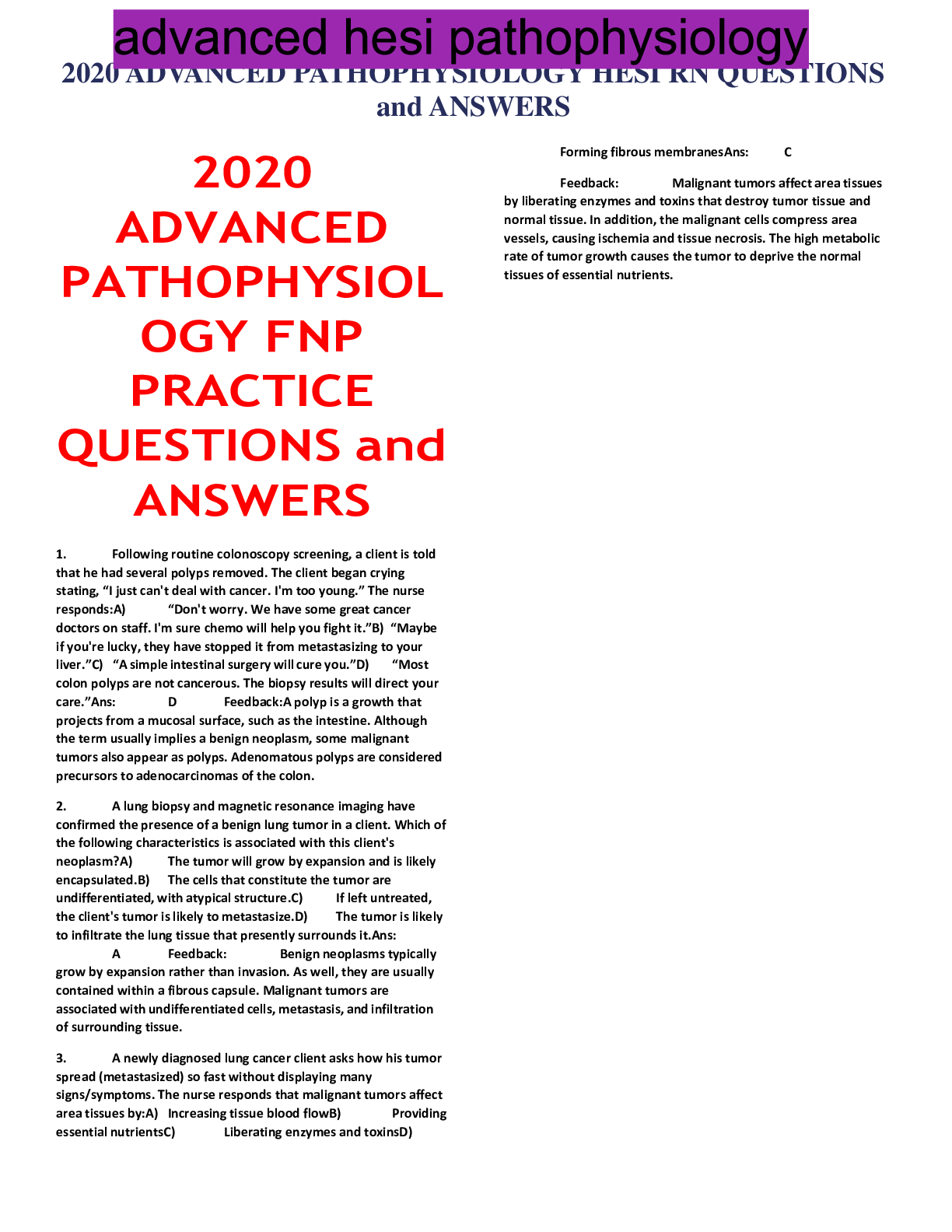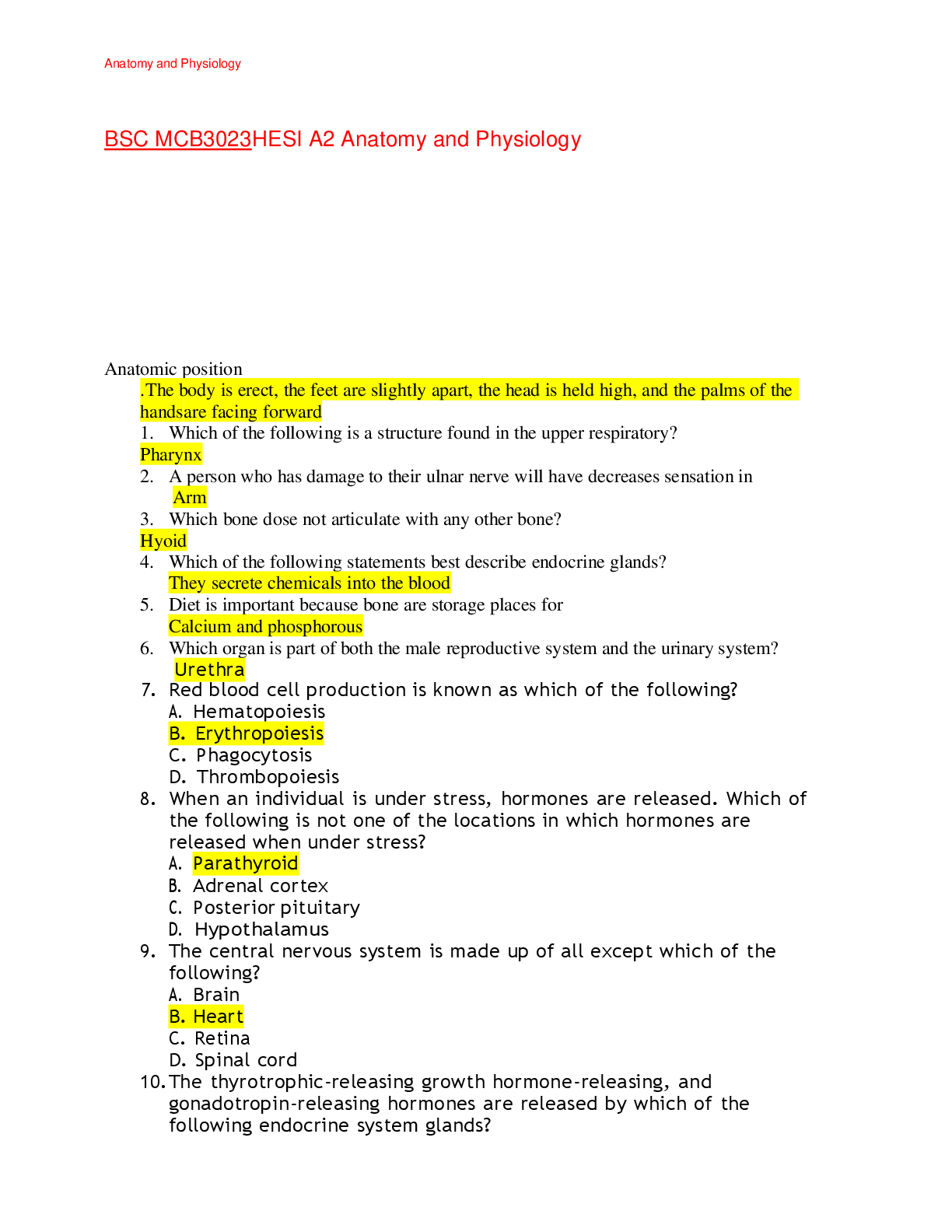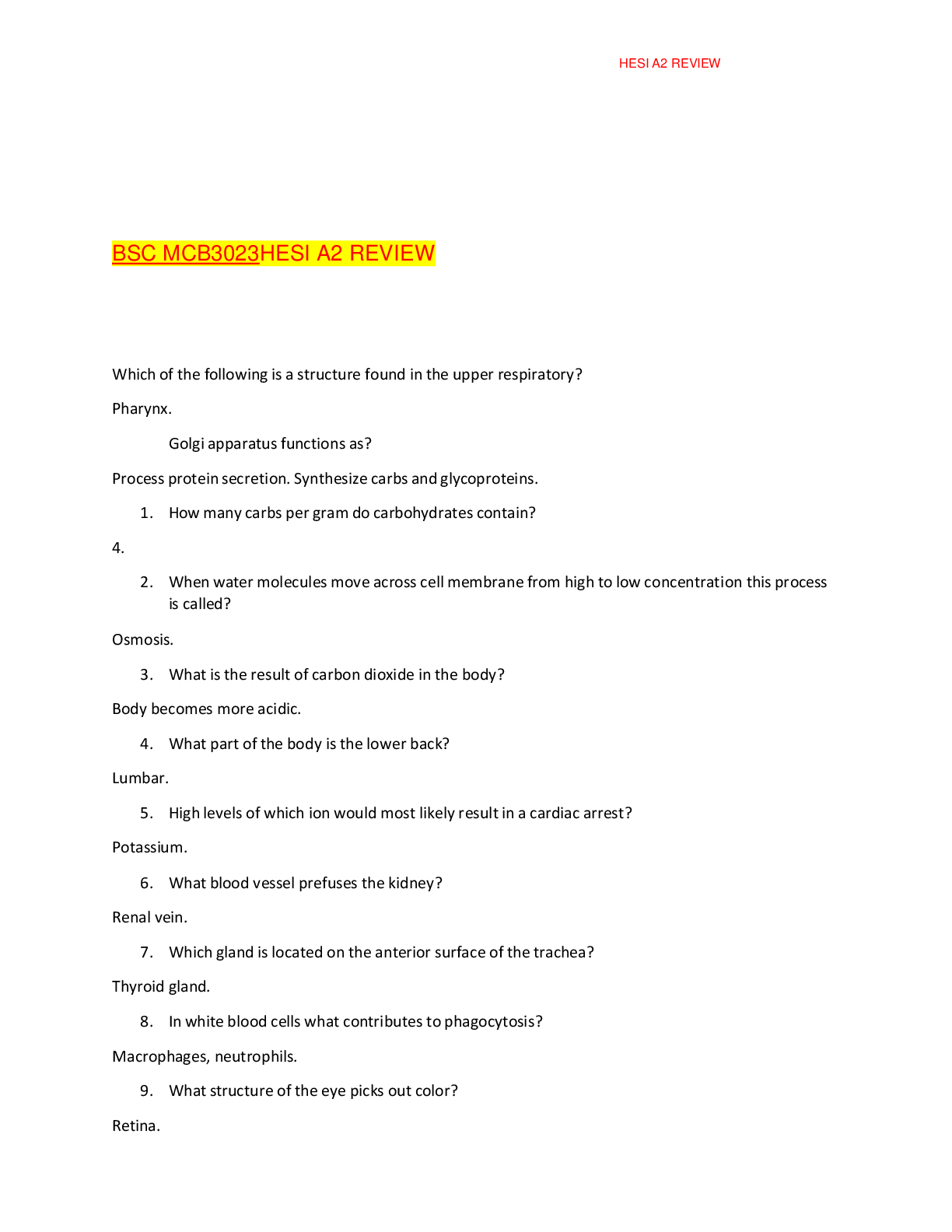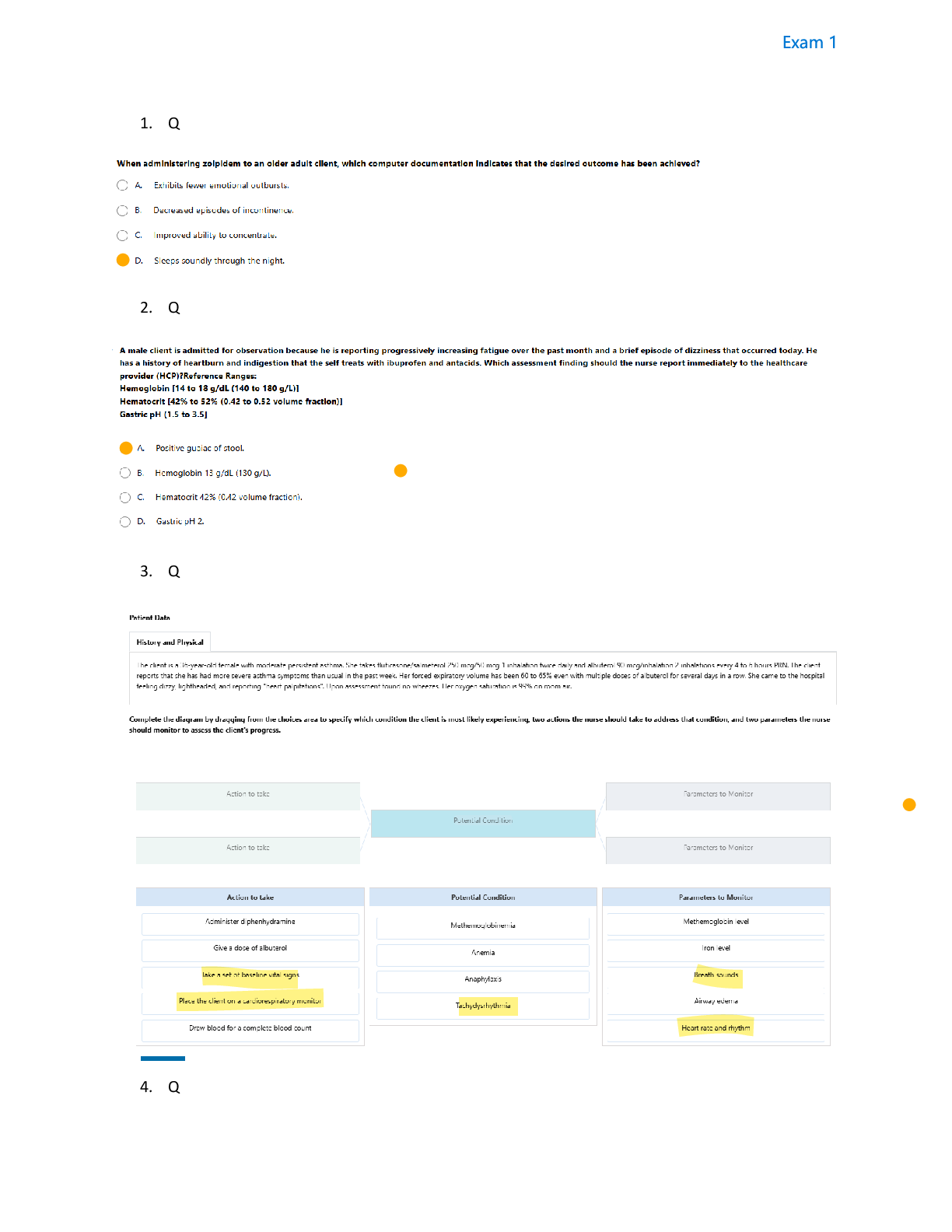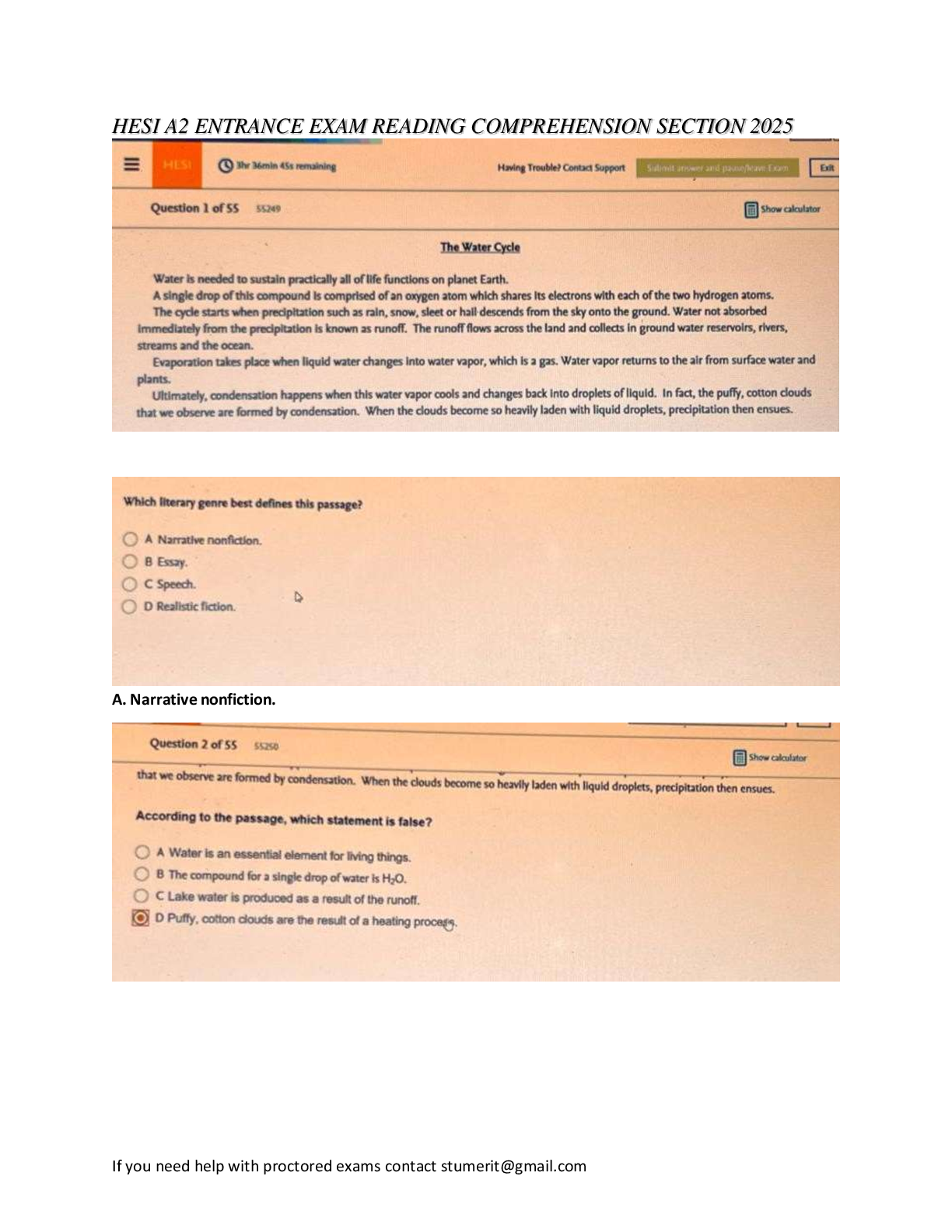
CON 237 Simplified Acquisition Procedures Exam, Spring 2022
$ 15

Kenneth Bronson Documentation Assignments, attempt score 100% Medical Case 1: Week 8 Final
$ 12
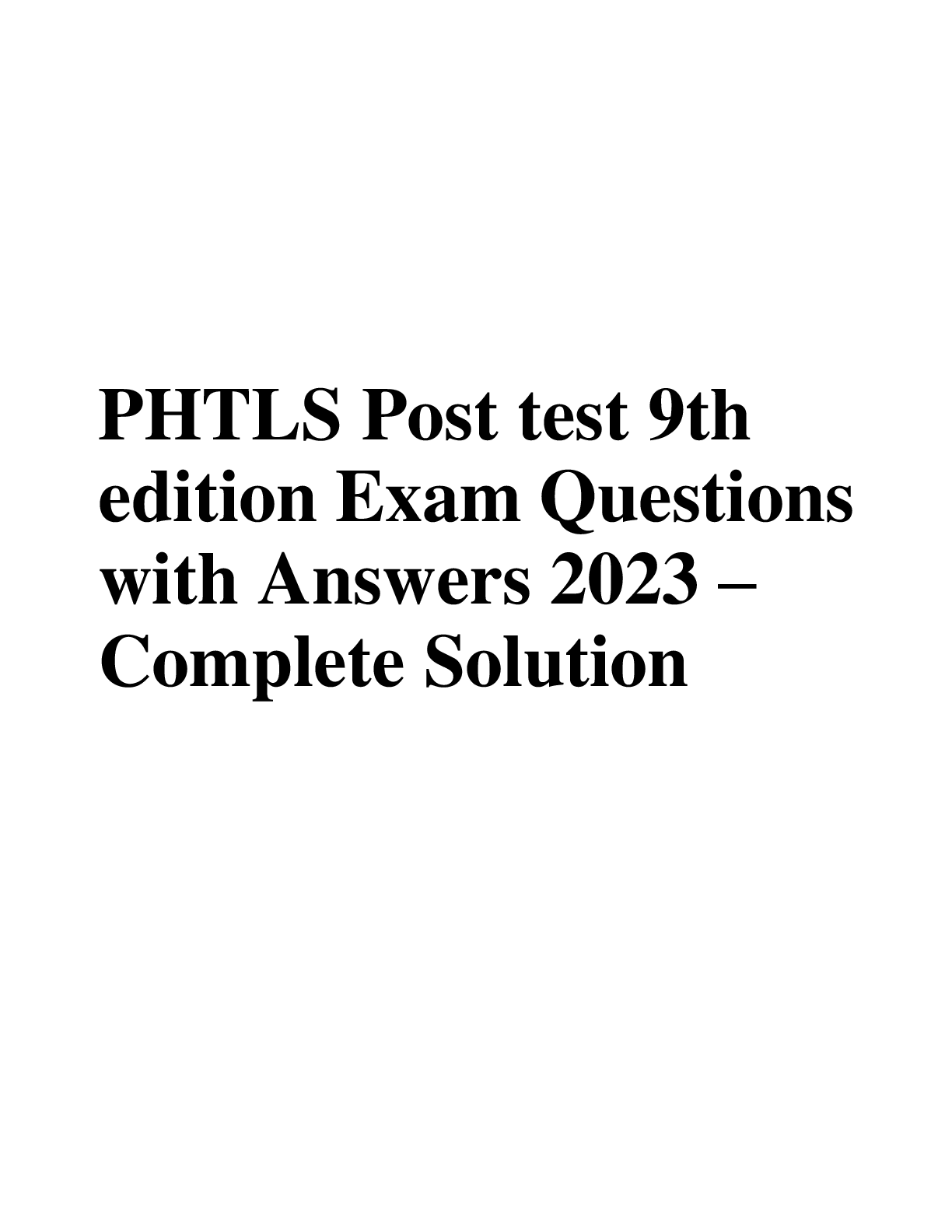
PHTLS POST TEST 9TH EDITION LATEST2022-2023 VERSION WITH 100 QUESTIONS AND CORRECT ANSWERS VERIFIED ANSWERS
$ 15
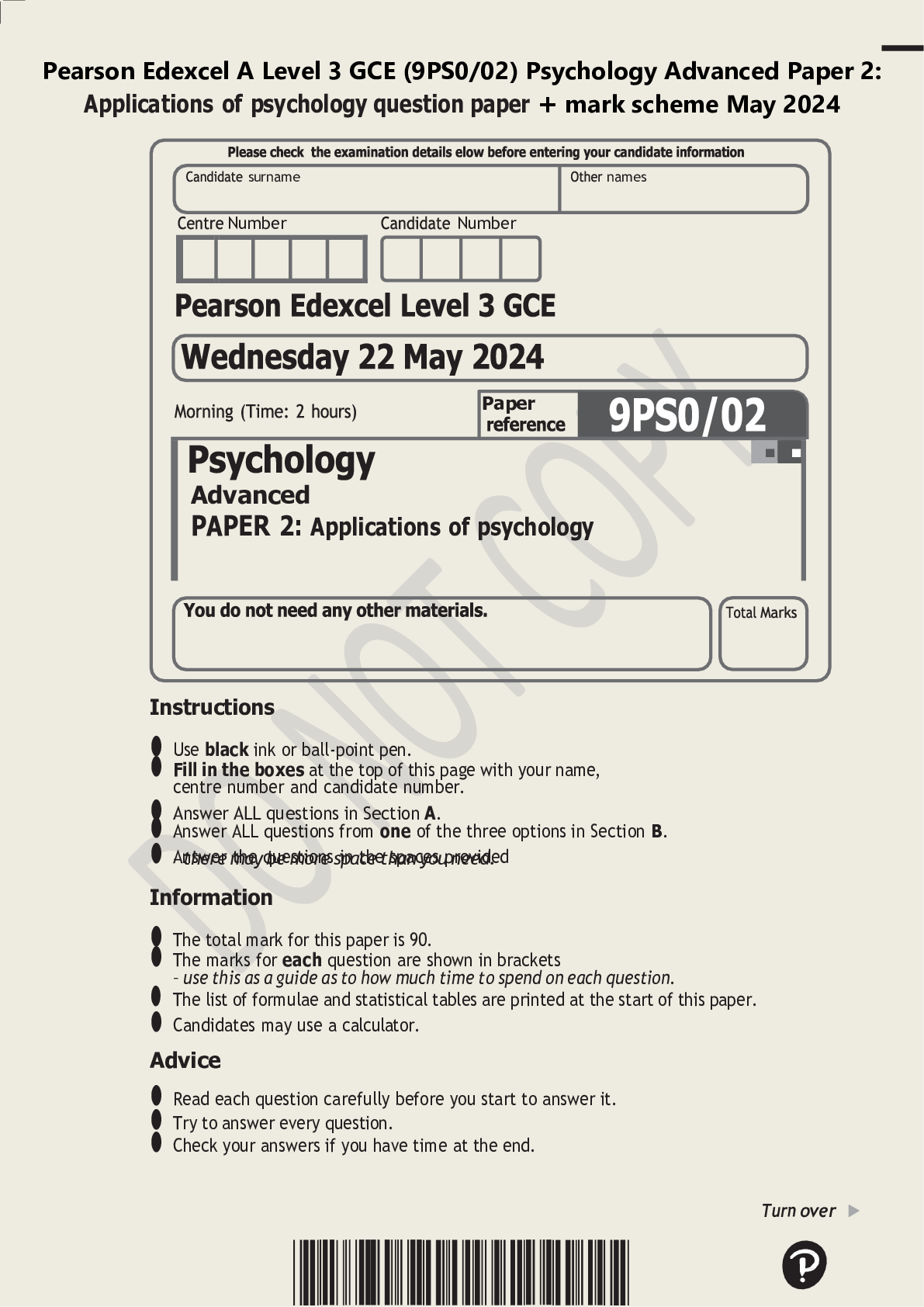
Pearson Edexcel A Level 3 GCE (9PS0/02) Psychology Advanced Paper 2: Applications of psychology question paper + mark scheme May 2024
$ 7
 NRS428V week 5 Benchmark – Community Teaching Plan Community Presentation, Latest Summer 2021.png)
(Answered) NRS428V week 5 Benchmark – Community Teaching Plan Community Presentation, Latest Summer 2021
$ 7

Pearson Edexcel International GCSE In English Language (4EA1)Paper 1: Non-fiction Texts and Transactional Writing || MARK SCHEME 2022
$ 6

ZOO 3731 Chapter 1 through 4 Introduction to the study of Memory TEST BANK
$ 14

COMMUNITY EXAM PRACTICE QUESTIONS ANSWERED WITH RATIONALES
$ 18

HIST 410N Week 1 Discussion: The First Total War (All Options Answered)
$ 7

IS-0100.c: An Introduction to the incident command system,Exam and Answers ICS 100
$ 10.5

FISDAP Obstetrician (OB) Fall 2021 Exam. 75 Questions and Answers.
$ 7
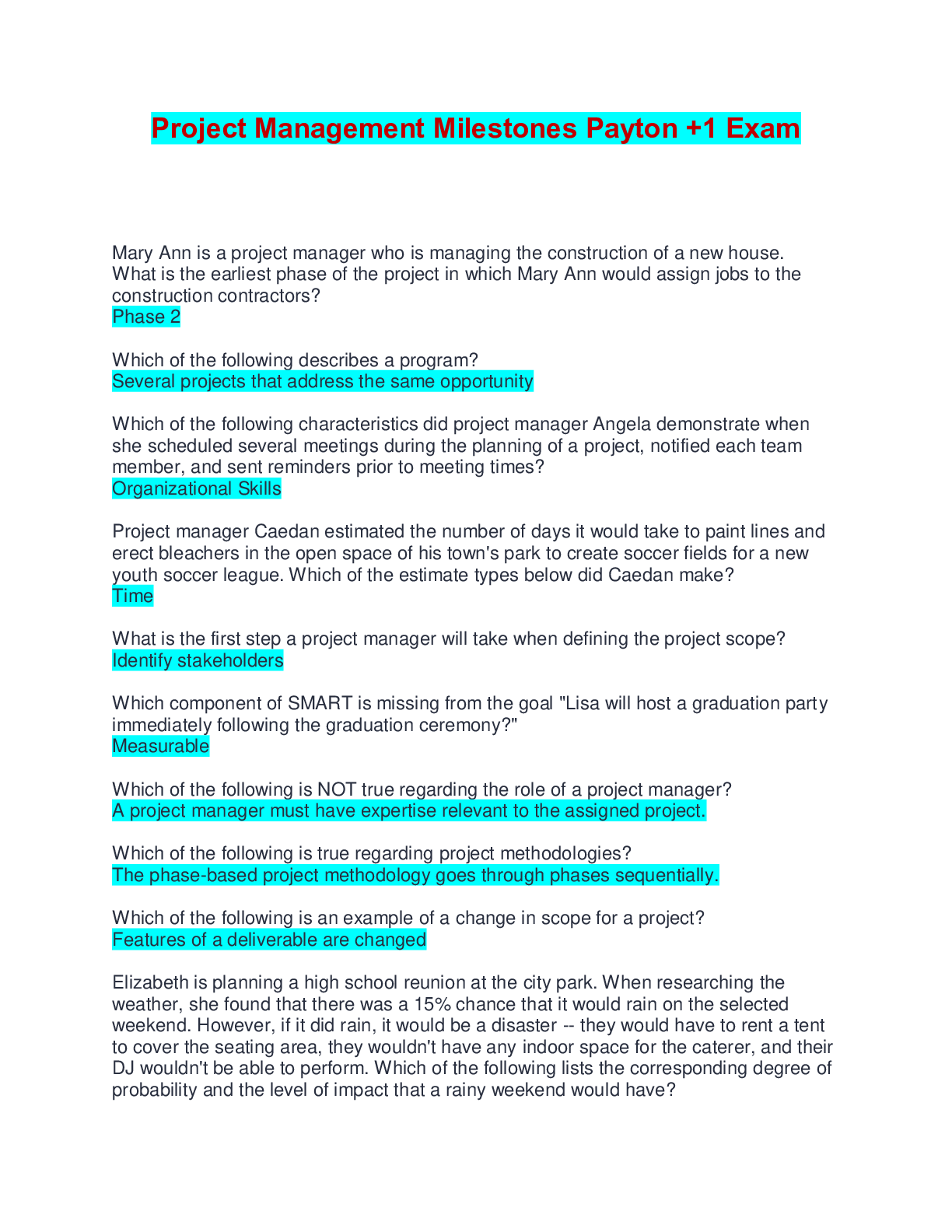
Project Management Milestones Payton +1 Exam | Q & A
$ 12
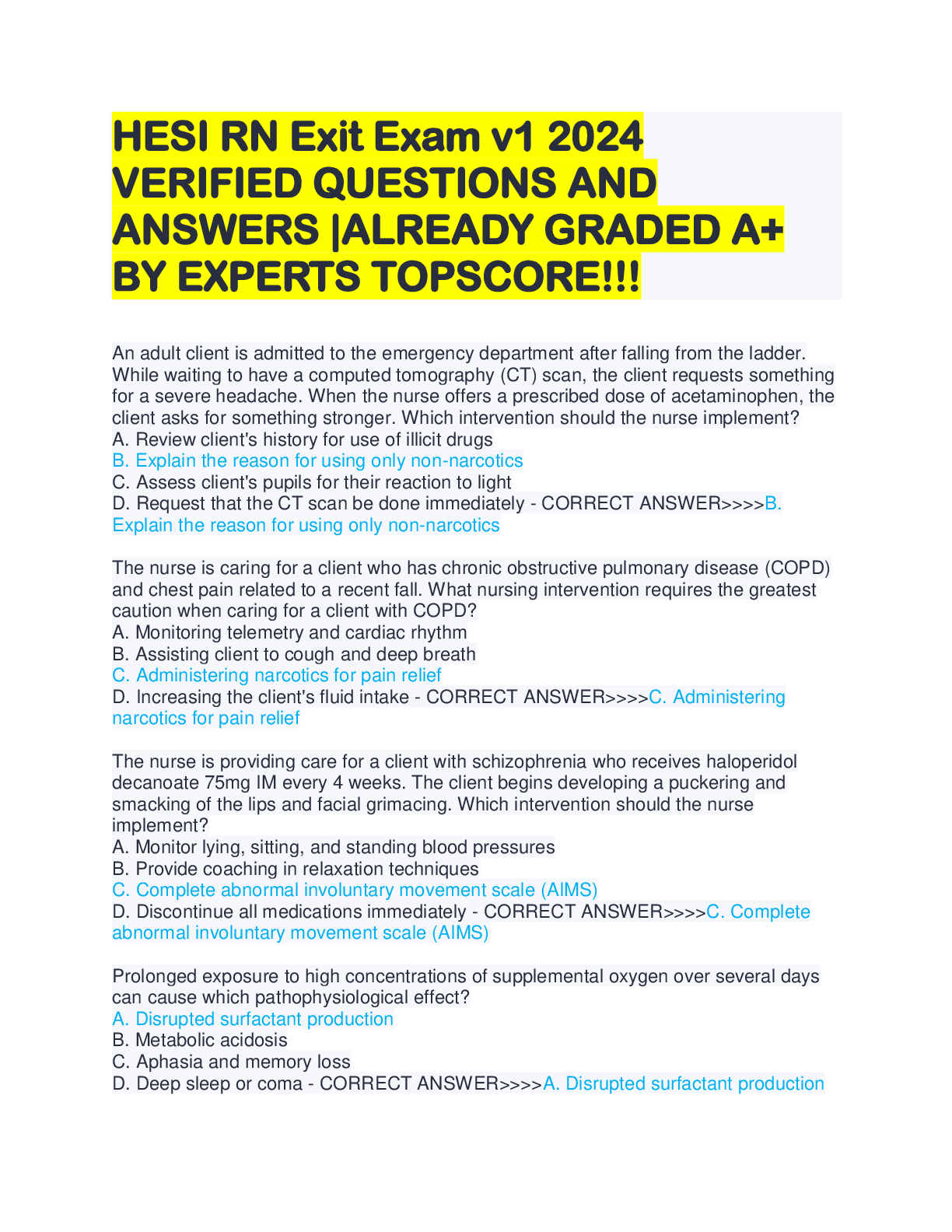
HESI RN Exit Exam v1 2024 VERIFIED QUESTIONS AND ANSWERS |ALREADY GRADED A+ BY EXPERTS TOPSCORE!!!
$ 13
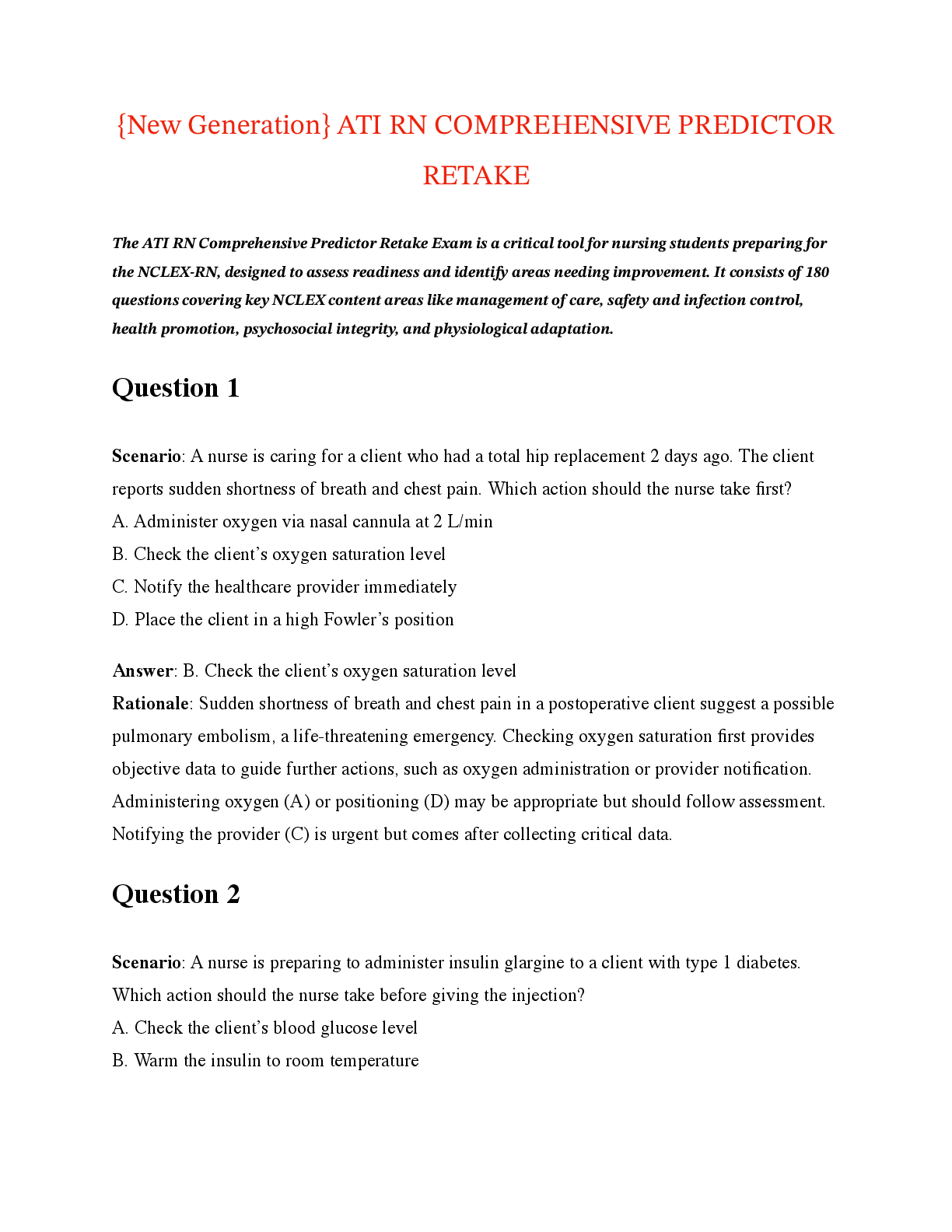
{New Generation} ATI RN COMPREHENSIVE PREDICTOR RETAKE
$ 51.5
.png)
ATI Comprehensive Predictor STUDY THIS ONE Solved & Answered Correctly
$ 10
.png)
Test bank for Business Analytics 3rd Edition By James Evans
$ 22
.png)
CIS 321 Week 7 Quiz (RATED A+) Question and Answer Elaborations. 100% verified.
$ 15

REVISION EXAM Q n A Cosmic perspective 7th edition testbank




.png)
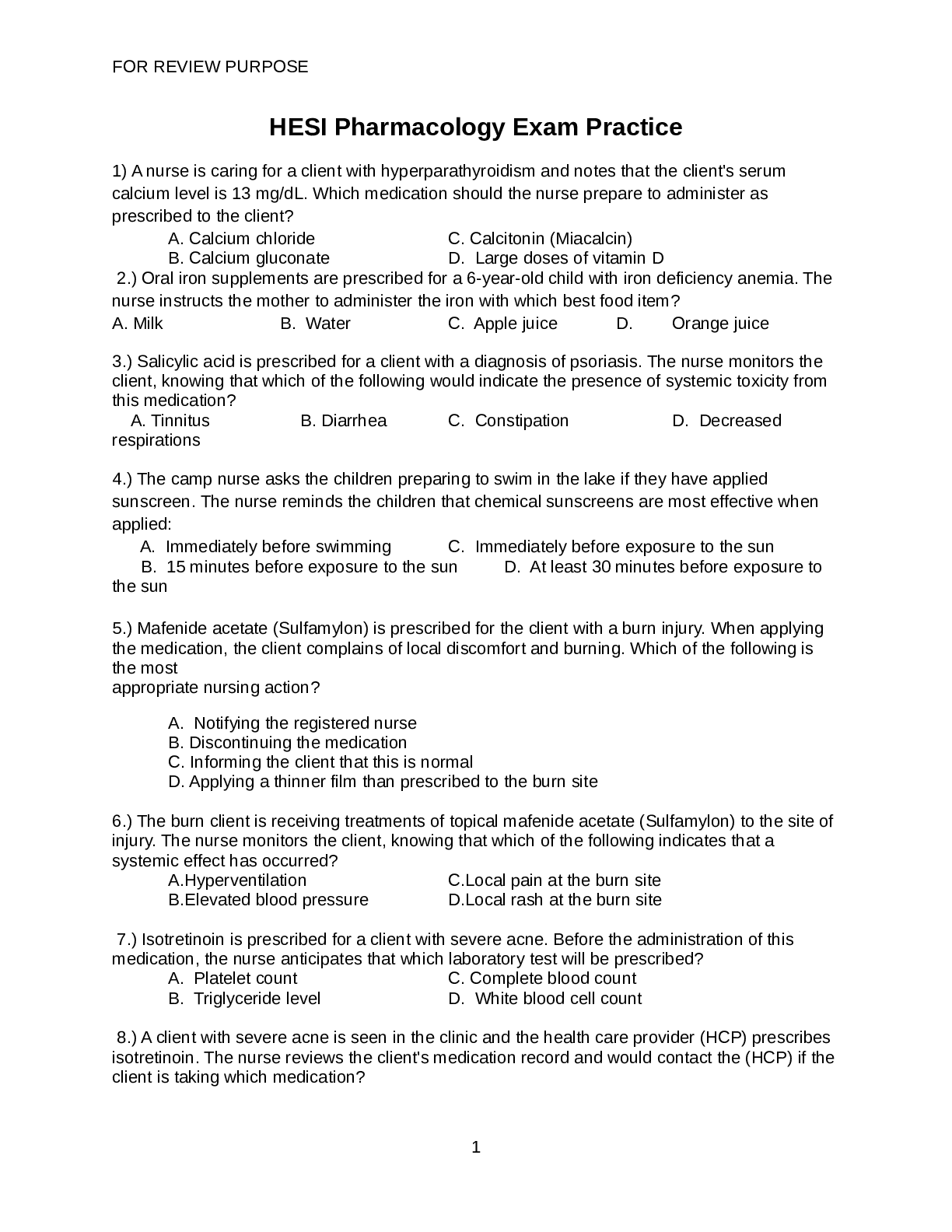


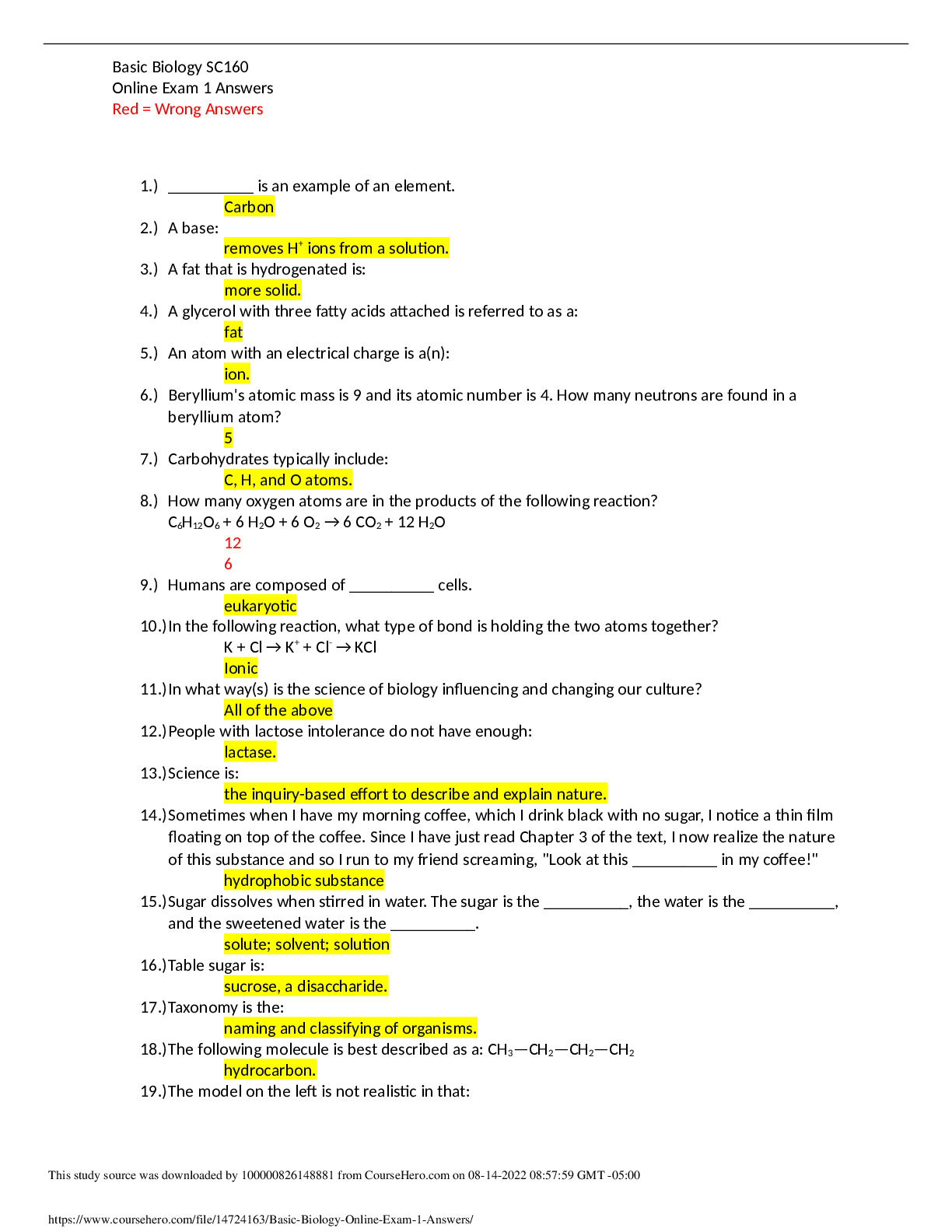
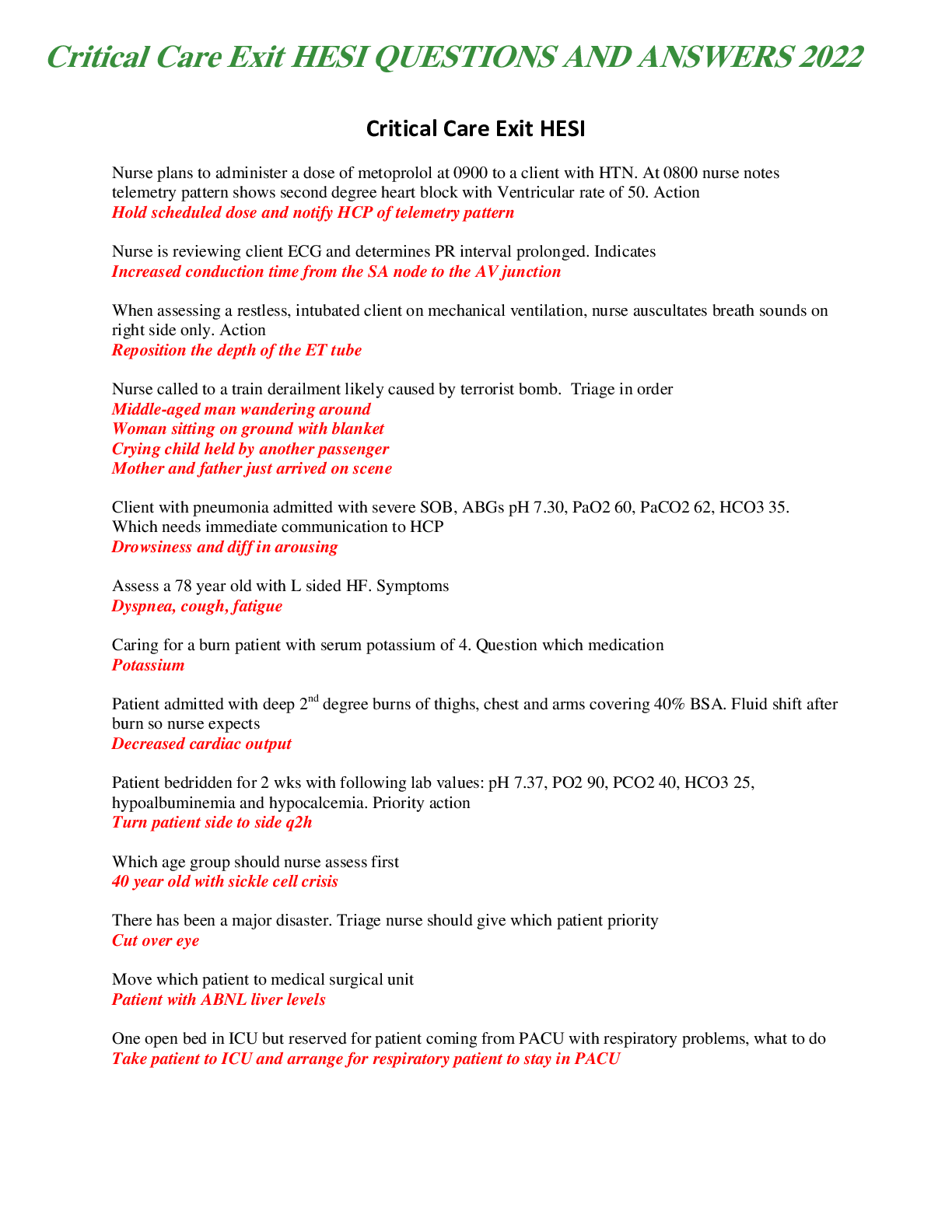
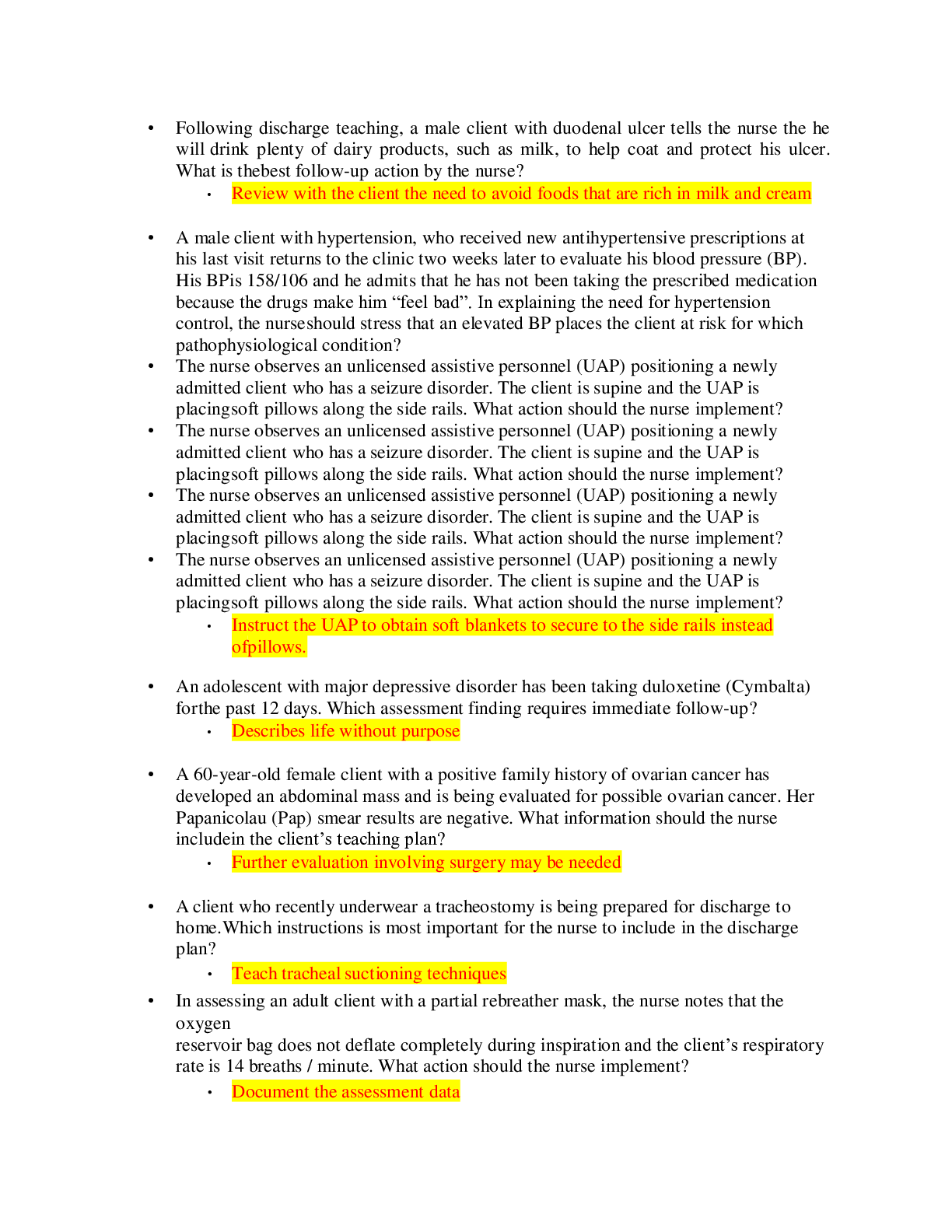

.png)
